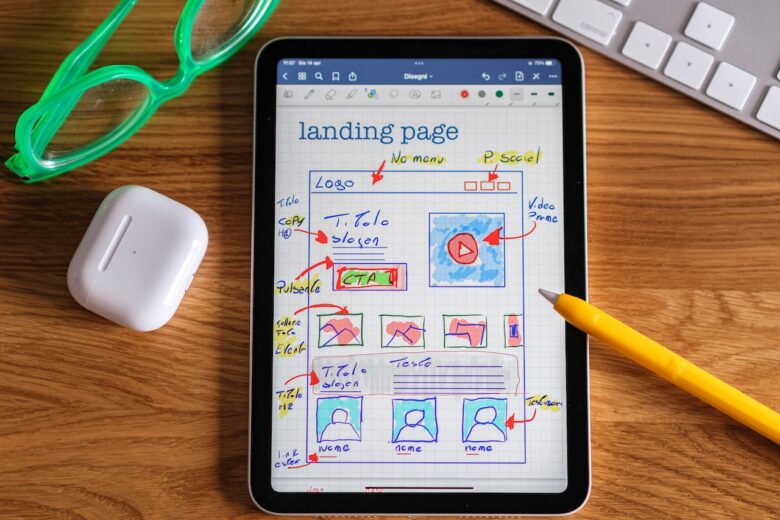Introduction: Creating an engaging and visually appealing website is crucial for capturing and retaining user attention. In this article, we will explore essential web design tips that will help you craft a captivating user experience. Whether you’re a beginner or an experienced designer, these tips will assist you in creating aesthetically pleasing and functional websites that leave a lasting impression on your visitors. Let’s dive in!
Section 1: Understand Your Target Audience
- Conduct thorough research to understand your target audience’s preferences and needs.
- Consider factors such as age, gender, interests, and browsing habits.
- Tailor your design choices to align with the expectations and desires of your target audience.
Section 2: Keep it Clean and Minimalistic
- Embrace a clean and clutter-free design approach.
- Use ample white space to enhance readability and allow elements to breathe.
- Avoid overwhelming visitors with too many elements or distractions.
Section 3: Focus on Responsive Design
- Ensure your website is responsive and adapts seamlessly to different screen sizes.
- Implement a mobile-first approach to cater to the growing number of mobile users.
- Optimize images and other media for faster loading on mobile devices.
Section 4: Use Intuitive Navigation
- Create a clear and user-friendly navigation structure.
- Keep the navigation menu simple and easily accessible.
- Utilize breadcrumb trails, drop-down menus, or a search function for enhanced navigation.
Section 5: Implement Consistent Branding
- Maintain consistency in terms of colors, typography, and overall branding.
- Use a style guide to ensure consistency throughout the website.
- Reflect your brand’s identity and values in the design elements.
Section 6: Optimize Website Performance
- Optimize images, CSS, and JavaScript files for faster loading times.
- Minify and compress files to reduce the website’s overall size.
- Enable browser caching to enhance subsequent page loads.
Section 7: Prioritize Readability
- Choose a legible font that complements your website’s style and purpose.
- Ensure sufficient contrast between text and background for easy reading.
- Use appropriate font sizes and line spacing to enhance readability.
Section 8: Leverage Visual Hierarchy
- Utilize visual hierarchy to guide users’ attention to important elements.
- Use varying font sizes, colors, and placement to create a clear hierarchy.
- Highlight key elements such as headlines, calls to action, and important information.
Section 9: Incorporate Engaging Call-to-Actions
- Design visually appealing and attention-grabbing call-to-action buttons.
- Use persuasive and action-oriented language to encourage user interaction.
- Place call-to-action buttons strategically throughout the website.
Section 10: Implement Multimedia Elements Thoughtfully
- Use high-quality images and videos that are relevant to your content.
- Optimize multimedia files to ensure faster loading times.
- Incorporate multimedia elements in a way that enhances the overall user experience.
Section 11: Test and Iterate
- Regularly test your website on different devices and browsers.
- Seek feedback from users and make iterative improvements based on their input.
- Stay updated with emerging design trends and adapt your website accordingly.
Conclusion: By implementing these essential web design tips, you are on your way to creating a visually appealing, user-friendly, and engaging website. Remember to always keep your target audience in mind, prioritize usability and performance, and regularly iterate on your design to stay ahead. Embrace creativity and continue learning to refine your skills as a web designer. Happy designing!



